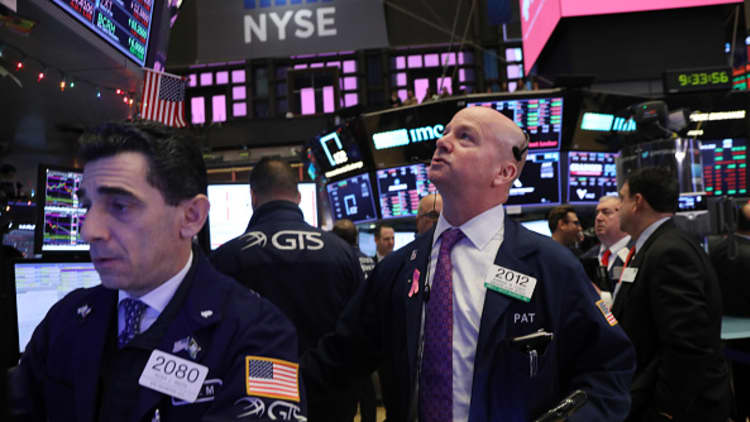
The stock market sell-off could get a lot worse if the Dow Jones Industrial Average and really dive through key support levels, closely followed trader Art Cashin said Thursday.
Wall Street is testing the day-after-Thanksgiving lows of 24,268 on the Dow and 2,631 on the S&P, said the UBS director of floor operations at the NYSE.
"If they hold here, then you can make some credible point that we've tested a double bottom, and you could get a rally of some substance," Cashin said on CNBC's "Squawk Alley."
"But if they slide through here, then you're going to look to test much deeper lows. Beyond this land there will be dragons," he added, paraphrasing an expression from ancient times about danger ahead.
Stocks were plunging for the second straight session Thursday on concerns about a possible economic slowdown and continued murkiness around trade relations with China. The Dow and S&P 500 could turn negative for the year if sharp losses Thursday were to hold at the close.
Cashin said the Federal Reserve is among the biggest sources of uncertainty in the market as the financial community debates on how many interest rates hikes could come next year.
In a speech last week, Fed Chairman Jerome Powell said rates are "just below" neutral, apparently walking back his "long way" from neutral remarks in October.
At its meeting later this month, the Fed is expected to increase rates for the fourth time this year. After their most recent hike in September, central bankers were projected to raise rates three times next year.


